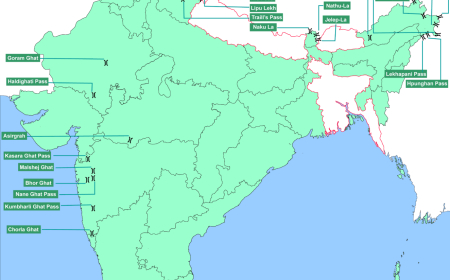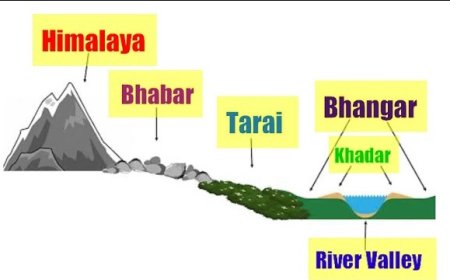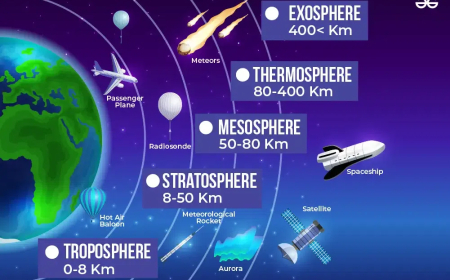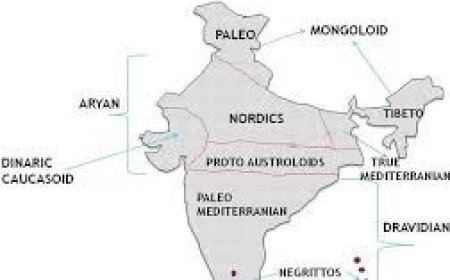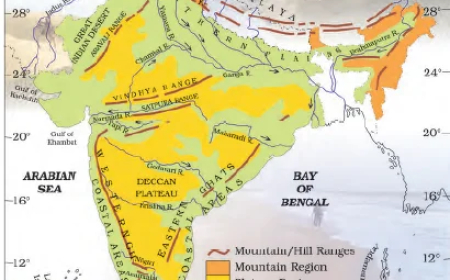Rainwater Harvesting
Rainwater Harvesting
Rainwater Harvesting
- Technique of collecting and storing rainwater for future use.
- Traditional method of storing rainwater in underground tanks, ponds, lakes, and check dams.
- Main purpose is to make the rainwater percolate under the ground to recharge the groundwater level.
Methods of Rainwater Harvesting
- Rooftop Rainwater Harvesting:
- Rooftops are excellent rain catchers.
- Rainwater that falls on the roof of houses, apartments, commercial buildings, etc., is collected and stored in surface tanks.
- Can be used for domestic purposes.
- Recharge Pit:
- Rainwater is first collected from rooftops or open spaces.
- Directed into percolation pits through pipes for filtration.
- After filtration, the rainwater enters the recharge pits or ground wells.
People living in rural areas adopt a variety of water collecting methods to capture and store rain water. Some of the methods used are:
(i) Digging of tanks or lakes (Eris):
- It is one of the traditional water harvesting system in Tamil Nadu.
- Eris are constructed in such a way that if the water in one eri overflows, it automatically gets diverted to the eri of the next village, as these eris are interconnected.
(ii) Ooranis:
- These are small ponds to collect rainwater.
- The water is used for various domestic purposes (drinking, washing, and bathing).
- These ponds cater the nearby villages.
Advantages of rainwater harvesting:
Rainwater harvesting helps to
- (i) Overcome the rapid depletion of groundwater levels.
- (ii) To Meet the increased demand for water.
- (iii) Reduces flood and soil erosion.
- (iv) Water stored in ground is not contaminated by human and animal wastes and hence can be used for drinking purpose.
More to Know:
Kallanai Dam, also known as Grand Anicut,
- is the fourth oldest dam in the world,
- constructed by King Karikala Chola of the Chola Dynasty in the 2nd century A.D. (CE).
- It still serves the people of Tamilnadu,
- The dam is located on the River Kaveri, approximately 20 km from the city of Tiruchirapalli.
What's Your Reaction?








